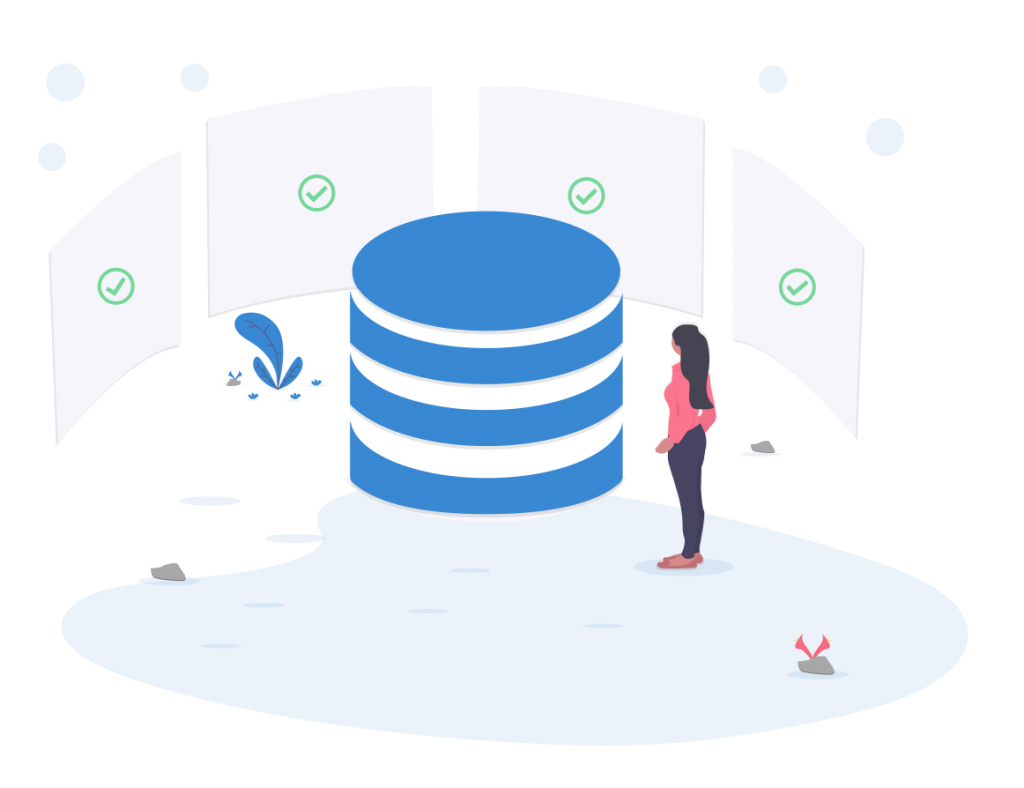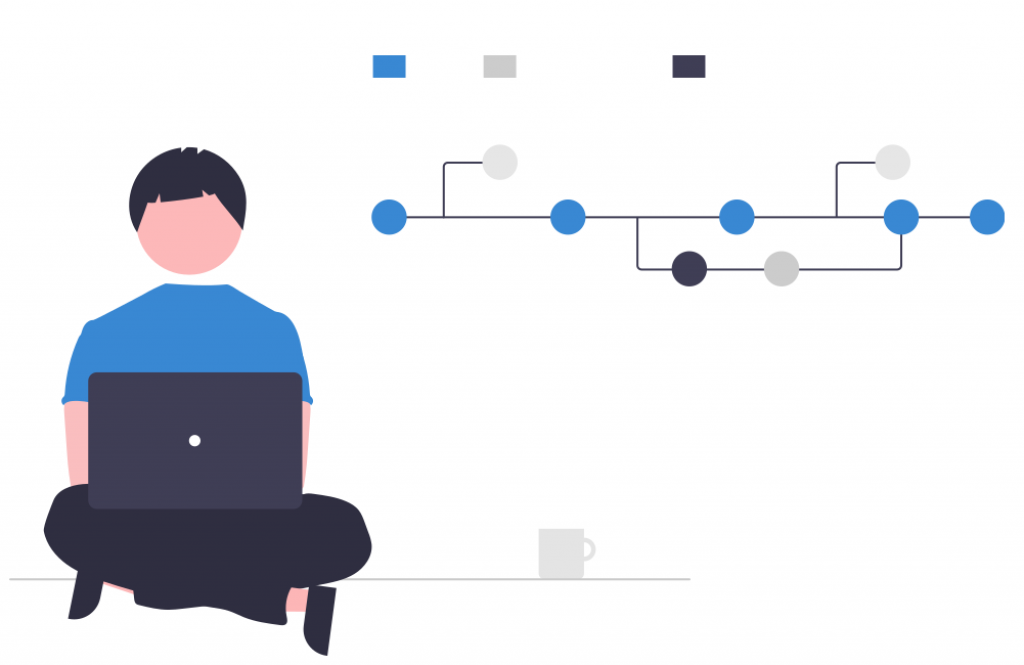DevOps Best Practices: Continuous Deployment, Monitoring, …, …
Our DevOps teams’ mission is to advise you and help implement best practices in development and organization.

Agility and DevOps Culture & Best Practices
With our years of experience, we will guide you on the right reflexes and best practices to implement in terms of development and team organization.
Cloud infrastructure
consulting
Support in migrating from traditional hosting to Cloud solutions. We advise you on the choice and structuring of Cloud services (Managed Databases, Storage Services, etc.)
DevSecOps
Security included
A variant of DevOps that integrates all security aspects, both from development phase and during deployment in the final infrastructure.
Version Management & Branch Merging Strategy (GitOps)
Project structuring within CVS requires organizational strategies around these tools. Who can view the code? Who can contribute and how? How are changes validated and by whom? How are changes merged? All of this is defined within GitOps practices.

Infrastructure automation
Using technologies to perform tasks while limiting human intervention, controlling hardware, software, network, operating system, and data storage systems used to provide IT services and solutions. (Terraform, Ansible, …)
Monitoring & Alerting
Implementation of Cloud infrastructure monitoring tools allowing collection of metrics and logs for analysis. Alerts are set up to detect anomalies as they occur. Application profiling tools deployed in the Cloud enable creation of application dashboards.
And for the software part?

Continuous deployments & integrations
Teams produce software in short cycles to make it available at any time (staging, production). The goal is to build, test, and deliver software faster. (Gitlab-CI, Jenkins, Docker, …)
Test automation
Implementation of automation tools to analyze the software quality of a project by executing a series of tests, whether unit, functional, integration, end-to-end, or others. These tests ensure secure development by limiting regressions and guaranteeing functional deliverables.
Containerization
Containers are a software abstraction, like virtual machines are for physical servers. A containerized environment is lightweight: each container includes all dependencies required for the program to run. (Docker, Kubernetes, …)

